
There’s something about a room that looks technically finished but still feels oddly incomplete. The furniture’s in place, the walls are painted, and maybe there are a few plants doing their best to add charm. Still, the space feels stiff. Most of the time, what’s missing is softness and warmth. And nothing delivers that quite like the right curtains or drapes. Curtains can frame a window and bring texture to an otherwise flat space. But more than that, they help a room feel lived in and loved instead of just assembled. And the best part? You don’t need custom tailoring or a sudden burst of design genius to make it work. So, here are 15 curtain and drape ideas that are simple, approachable, and surprisingly effective. Let’s open up the possibilities—and maybe a few windows along the way.
Use Sheer White Panels
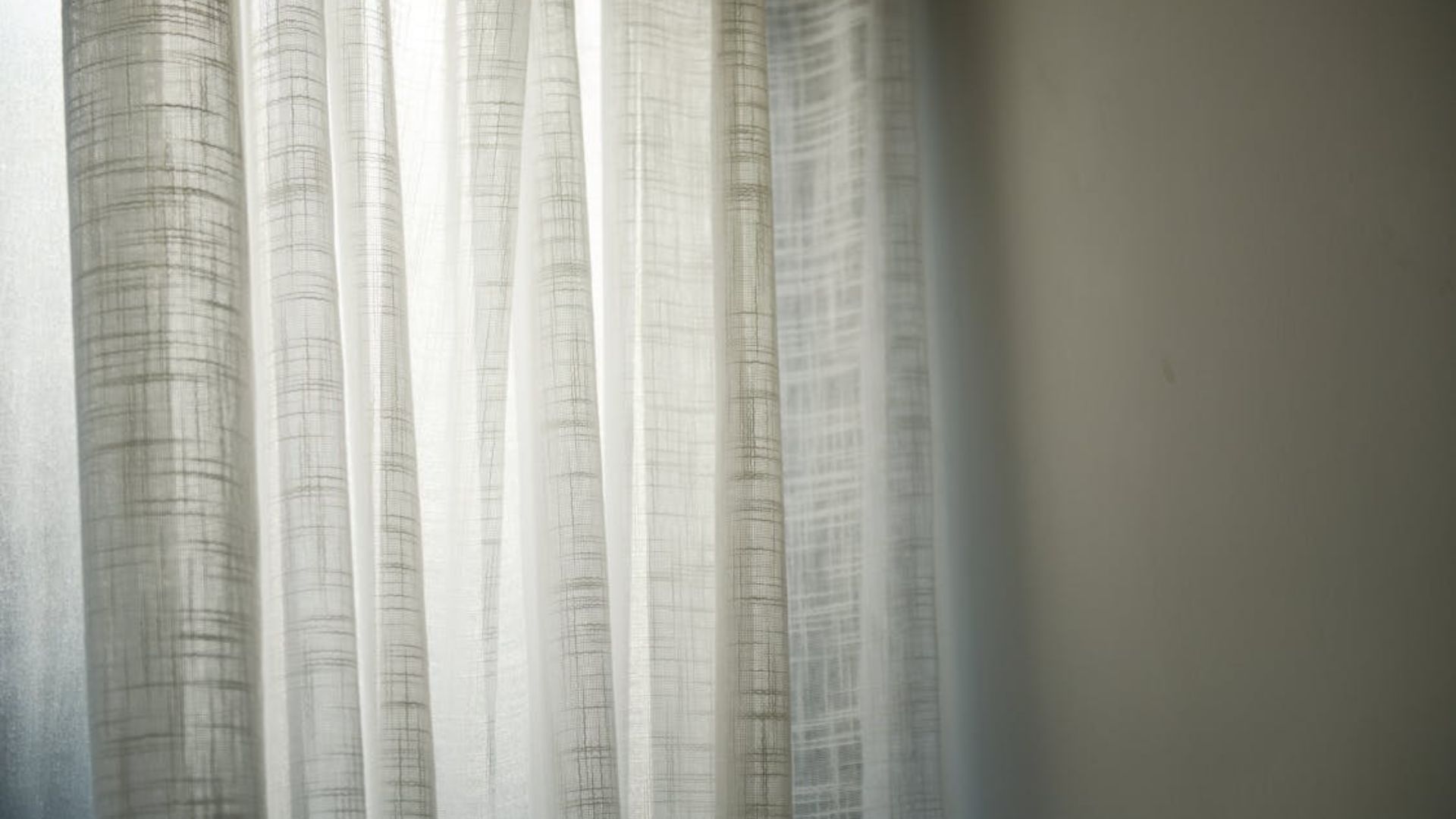
Made from voile or lightweight polyester blends, sheer white panels take the edge off harsh daylight. This diffused glow helps a room feel more balanced and serene. At the same time, their translucent nature maintains a sense of openness, which is especially useful in smaller spaces where visual flow matters.
Add Floor-To-Ceiling Drapes
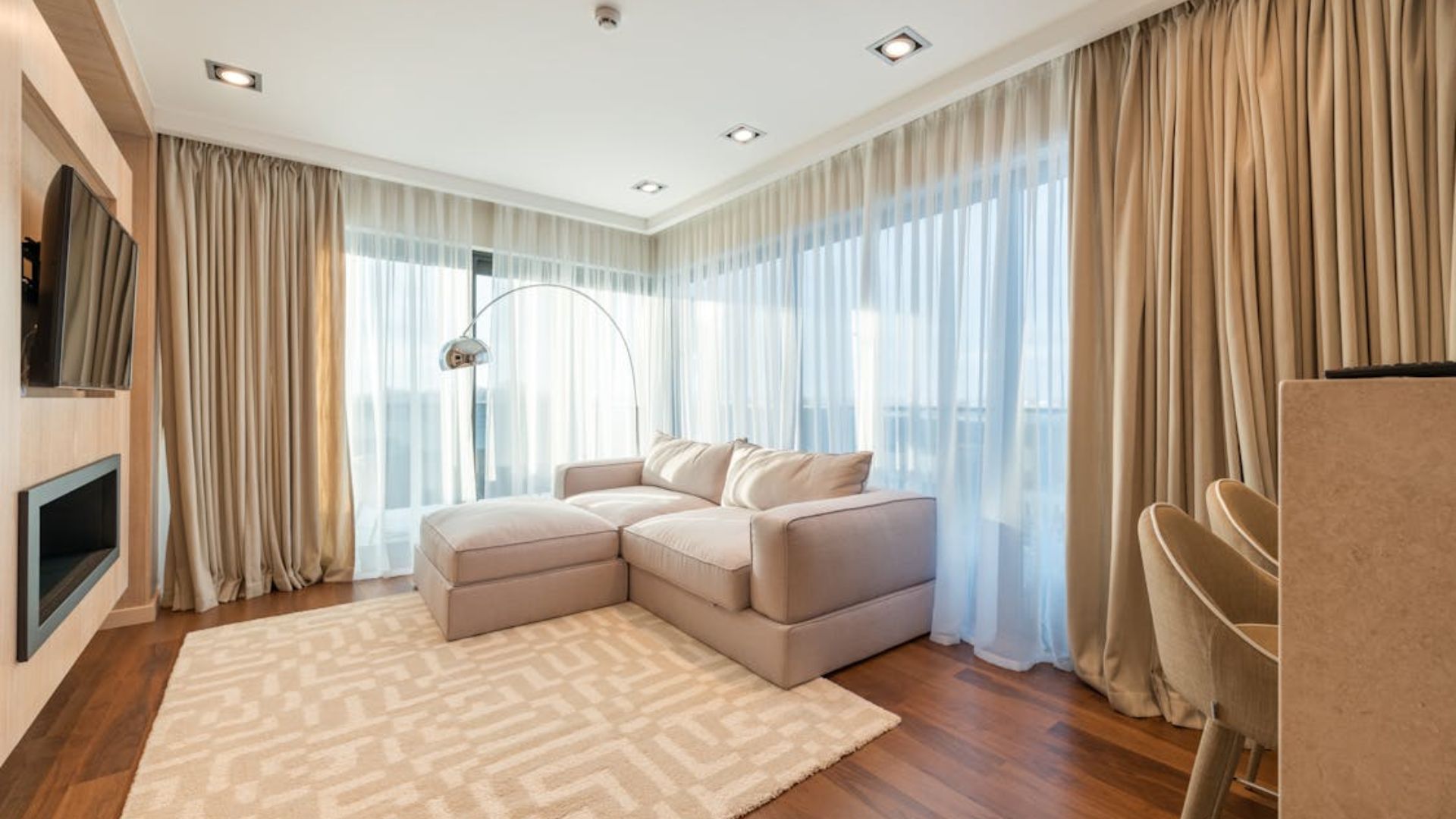
By mounting rods closer to the ceiling, the space appears taller—an approach often used in styled interiors. The long, uninterrupted lines of fabric add softness across the entire vertical span, anchoring the room while framing any view beyond. It’s a simple shift that introduces spatial fluidity without altering the architecture.
Layer Voile Under Heavier Fabrics

The contrast between the airy transparency of voile and the weight of dense fabric breaks visual flatness. Borrowed from classic European interiors, this combination balances elegance with practicality. Moreover, it enhances insulation, helps absorb sound, and lets in diffused, romantic light when the outer panels are drawn back.
Soften Corners With Curved Curtain Rods
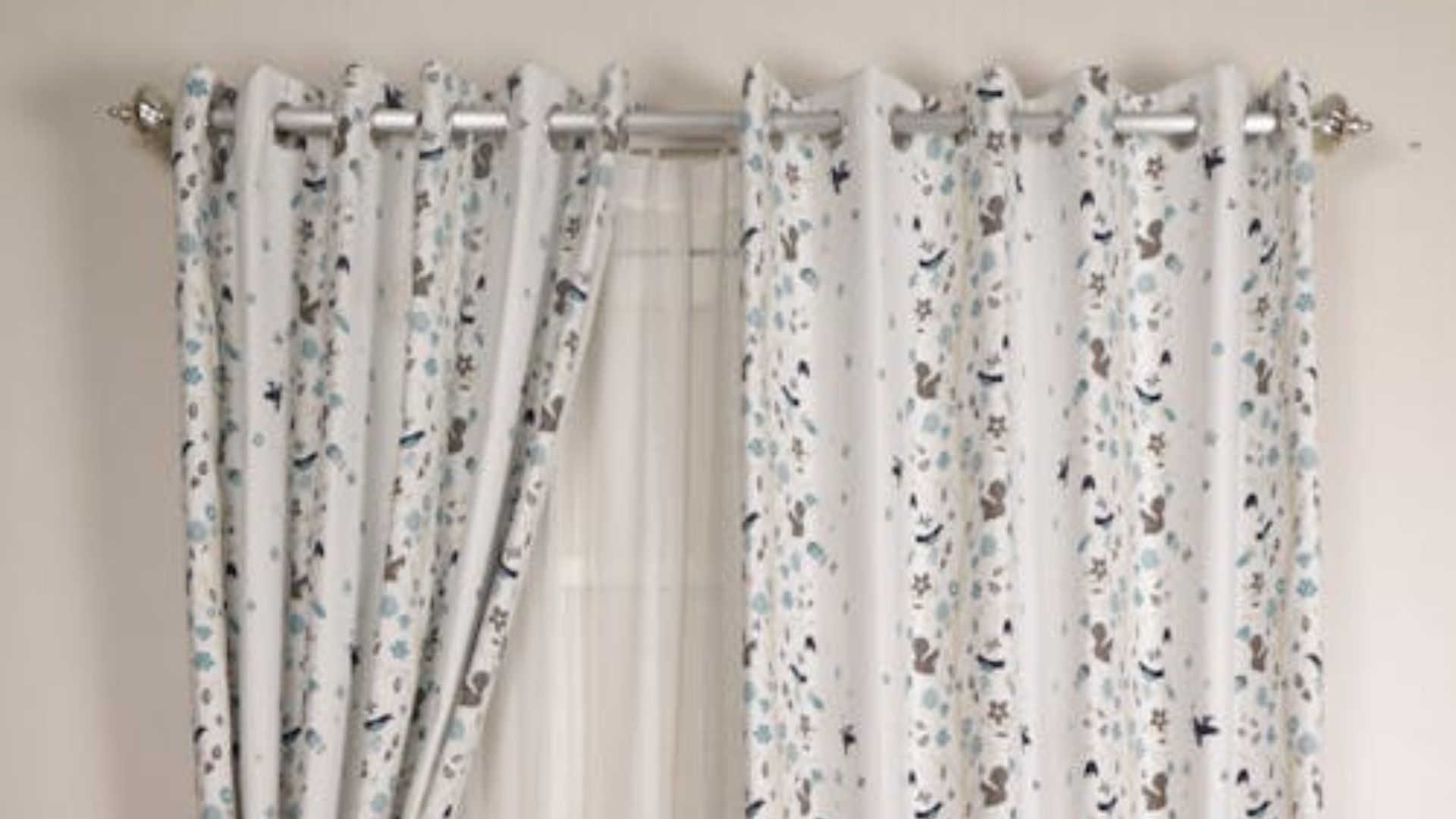
Common in bay window designs, curved rods offer full-window coverage without abrupt visual breaks. In tighter spaces, they help eliminate that boxed-in feeling by drawing the eye along a graceful arc. It’s a technique favored in boutique cafés and thoughtfully designed interiors, where every detail supports a sense of softness.
Install Tie-Back Curtains

This setup gives you flexible control over light. While traditional tassel tie-backs trace their roots to the grandeur of Versailles, today’s versions range from magnetic clips to knotted ropes—perfect for minimalist interiors. The gathered fabric often echoes the look of a theater stage, introducing a sense of drama that doesn’t feel heavy-handed.
Try Linen Drapes For An Organic Feel

As one of the oldest fabrics in home décor, linen brings both history and function. It’s anti-static, dust-resistant, and ideal for warm climates where airflow and privacy need to coexist. Furthermore, the loosely woven texture of linen drapes lets sunlight spill through gently, which casts a soft glow instead of a sharp glare.
Add Pom-Pom Trims
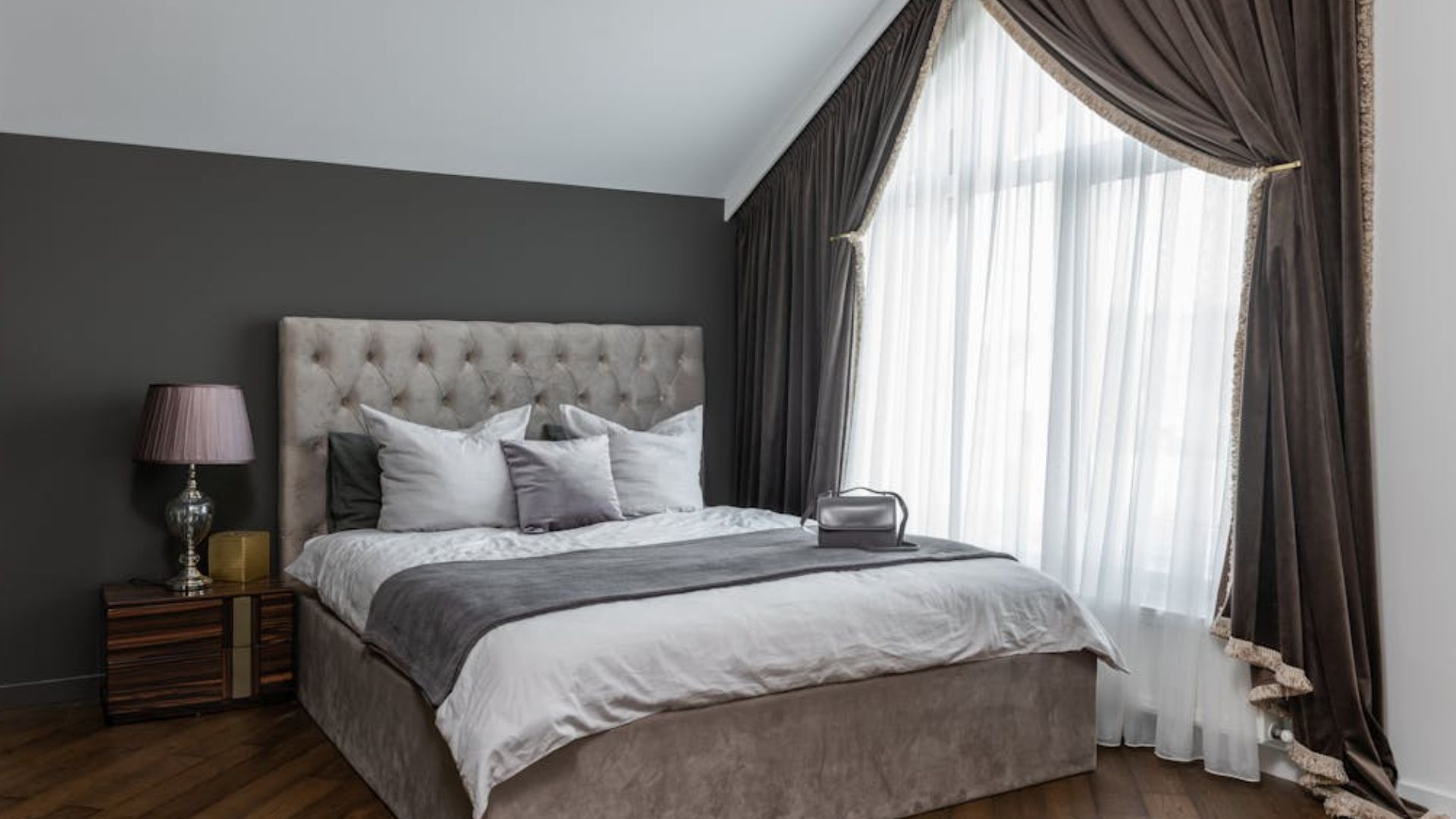
Once used to signal military rank, pom-poms have found a new life in bohemian and eclectic décor. They’re especially charming in kids’ rooms and creative spaces, where touch and visual interest matter just as much as light. The result? A curtain that feels less like a backdrop and more like part of the story.
Frame Windows With Double Rod Draping
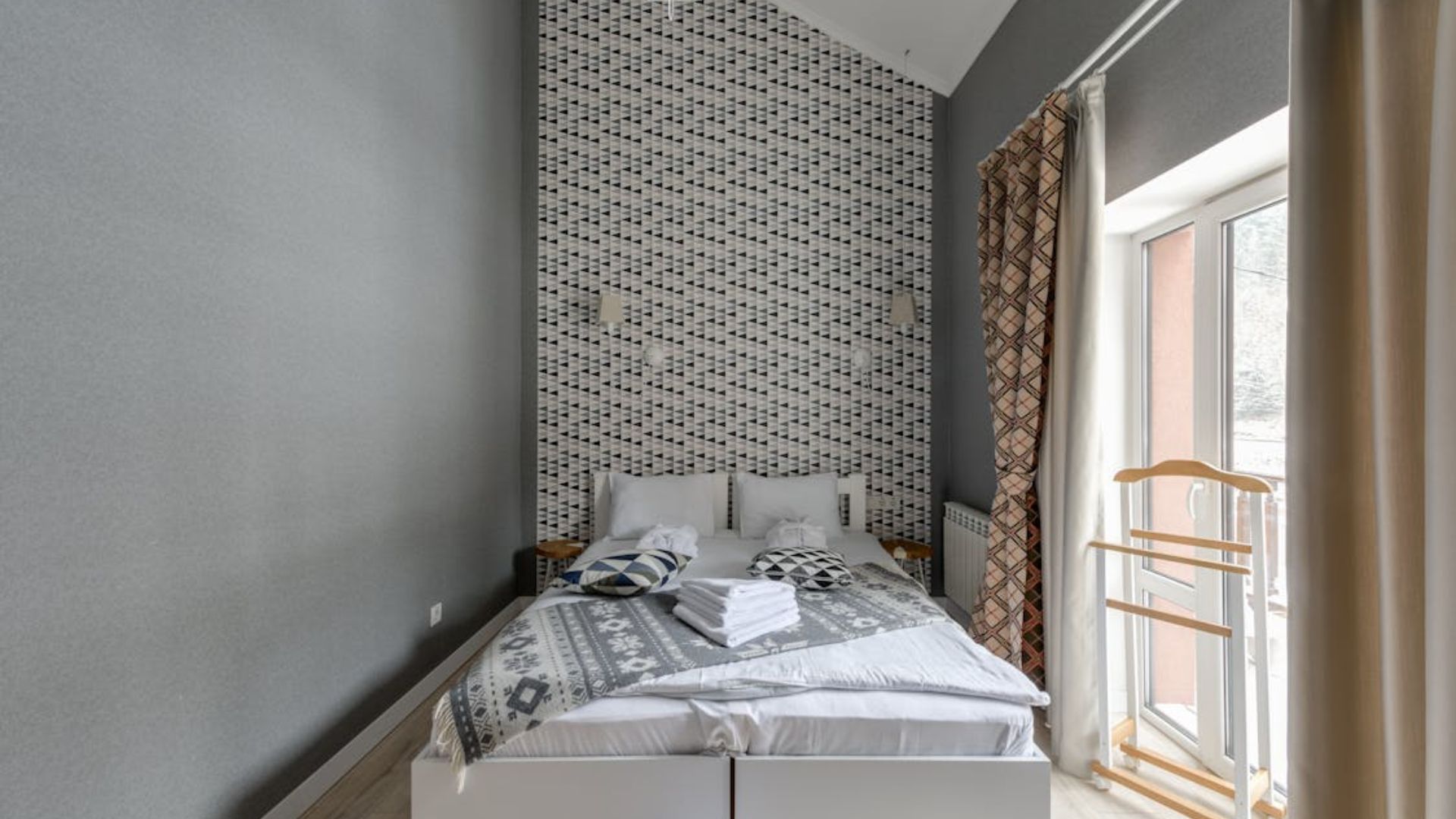
By layering sheer panels with heavier curtains, you gain control over light and privacy. The setup creates an insulating air gap that boosts energy efficiency year-round. You can even rotate materials with the seasons, like cotton for summers and velvet for winters. Beyond function, the dual layers give your space an adaptable feel.
Incorporate Drape Over Canopies
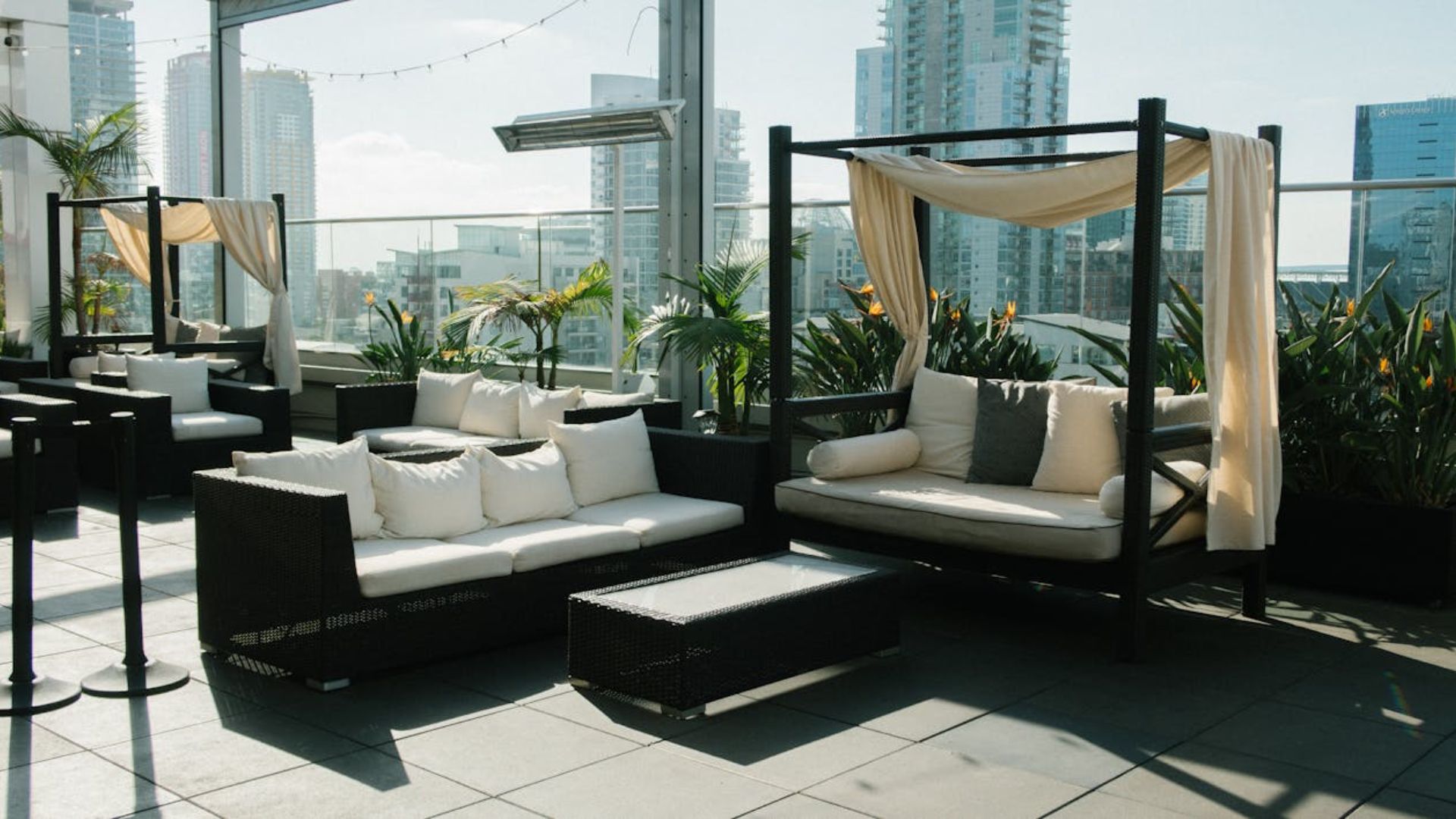
Sometimes, all it takes to make a bedroom feel more inviting is a bit of fabric draped just right. Canopies might’ve started out protecting medieval beds from dust, but now they’re used to carve out calm in busy homes. Hanging sheer material over a canopy or in a corner softens the space instantly.
Hang Pastel Curtains
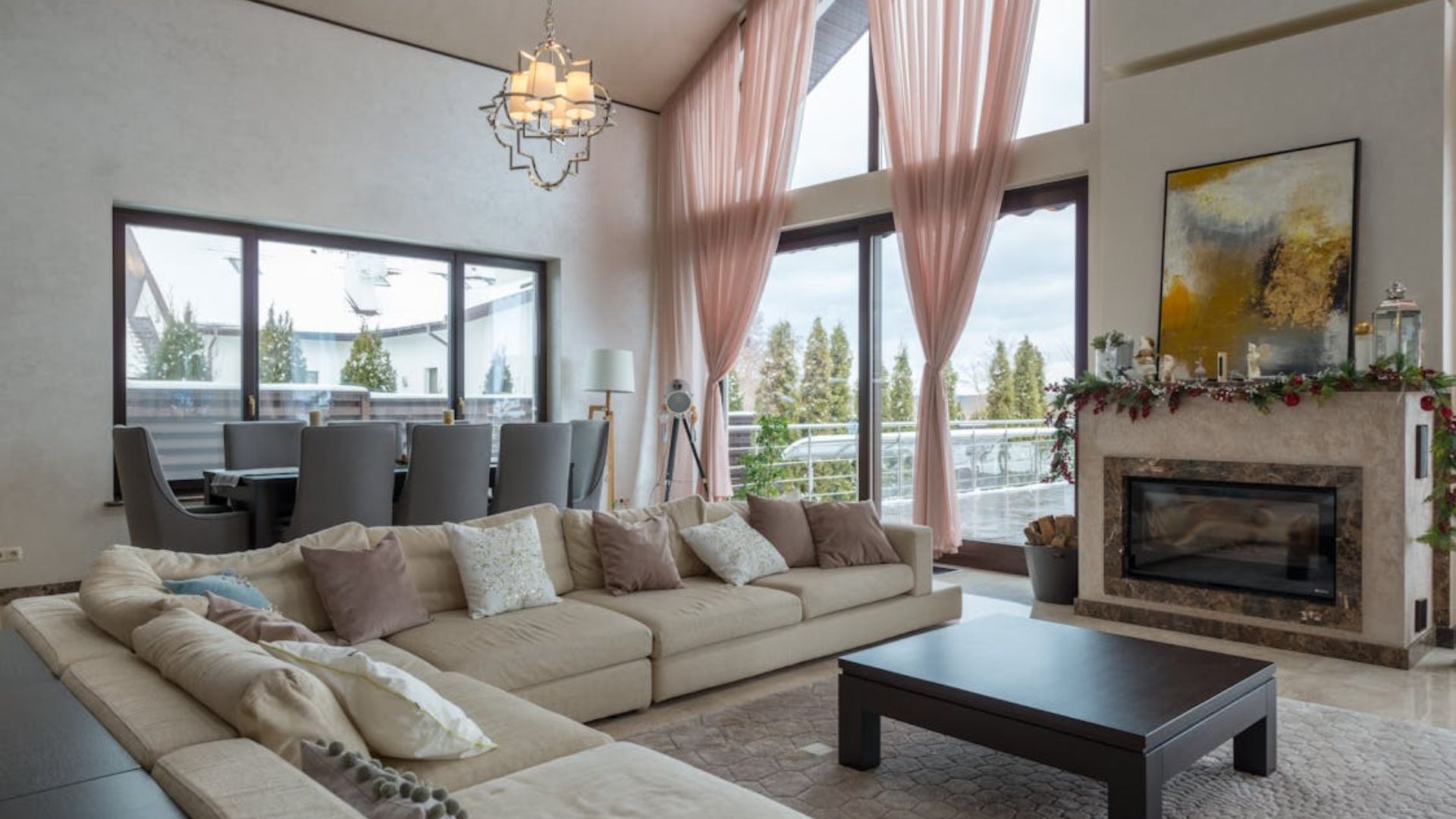
Unlike bold hues, pastel curtains reflect light gently, brightening the space without causing glare. Color psychology backs this up: pastels are known to ease tension and even slow the heart rate. That’s why they’re a go-to in Scandinavian interiors, especially in smaller rooms where heavy tones can feel overwhelming.
Use Blackout Curtains With Velvety Finish

If you want a room to feel quieter, darker, and instantly cozier, velvet blackout curtains get the job done. The thick fabric blocks nearly all outside light and helps hush echoes, which makes a big difference in bedrooms or media rooms. Plus, the velvety texture adds warmth to spaces that might otherwise feel too bare or echoey.
Replace Doors With Flowing Curtain Dividers
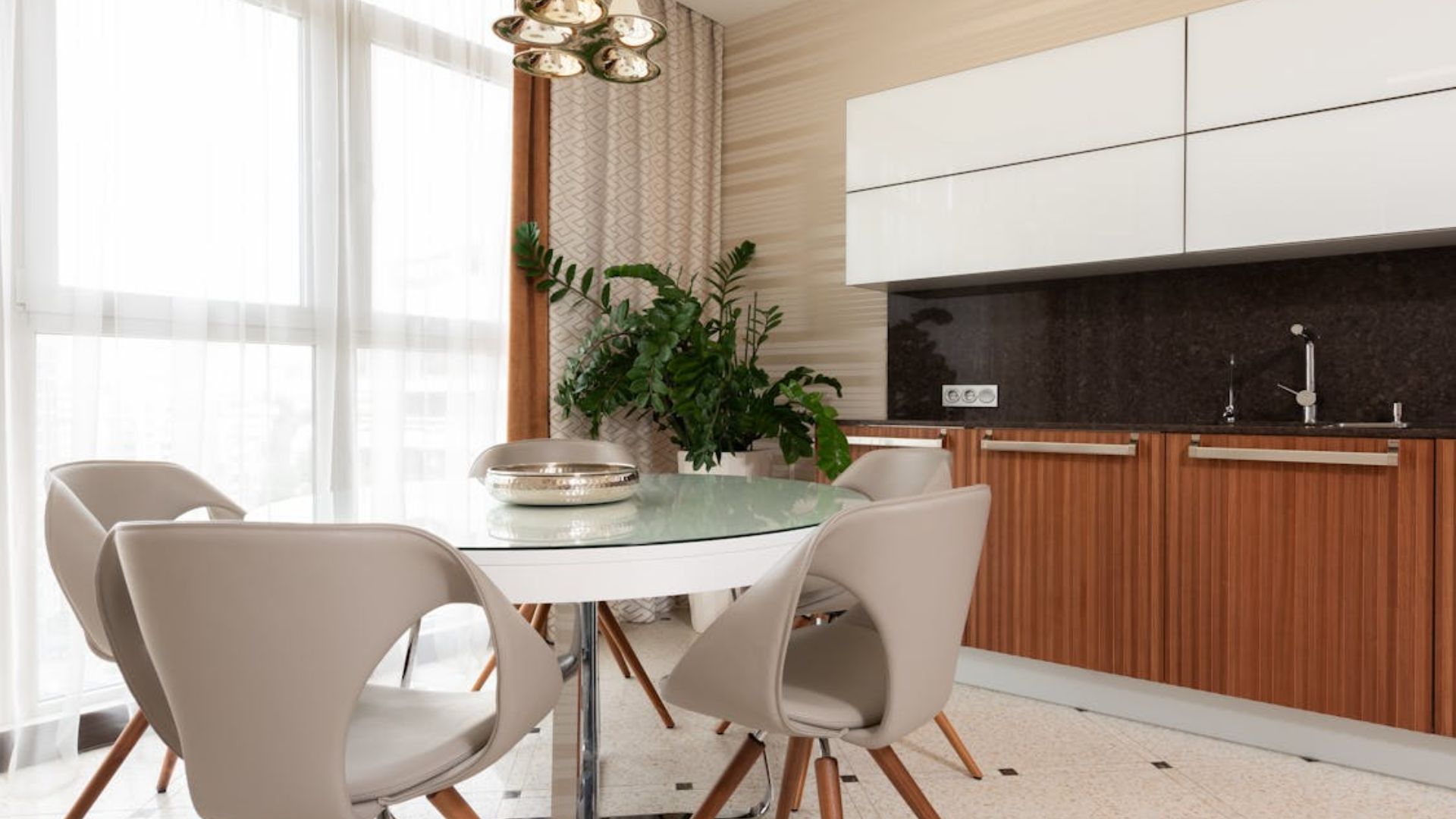
Instead of shutting off closets, studios, or alcoves completely, curtains add soft movement and light flow. This idea takes cues from Japanese Noren and open-plan homes, where partitions feel intentional but never rigid. For this setup, cotton or bamboo-blend fabrics work well, as they’re washable and eco-friendly.
Choose Ombre Drapes

Ombre drapes shift gradually in color like dusk settling in or ocean mist meeting sand. The soft fade tones down sharp window frames and takes the edge off busy walls without trying too hard. Home stylists love the DIY dip-dye versions, too, because no two panels ever turn out exactly the same.
Add Grommet-Top Panels
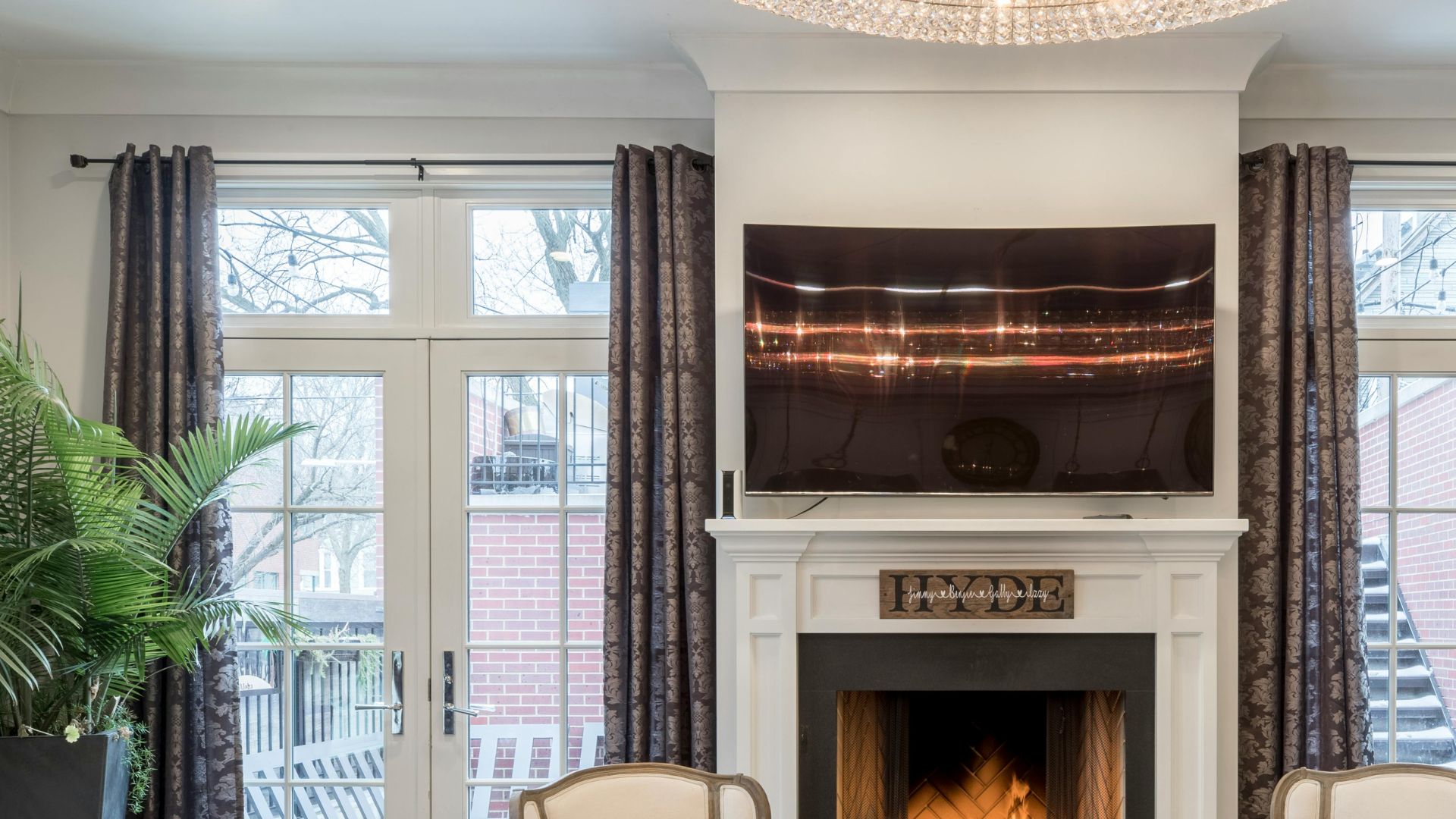
Grommet-top curtains slide into place with minimal effort and maximum payoff. The look feels modern without overdoing it, especially in cotton, linen, or poly-blend fabrics. And if you’re tugging curtains open and closed every day, grommets make the process feel like a smooth little detail that just works.
Use Patterned Curtains To Break Monotony
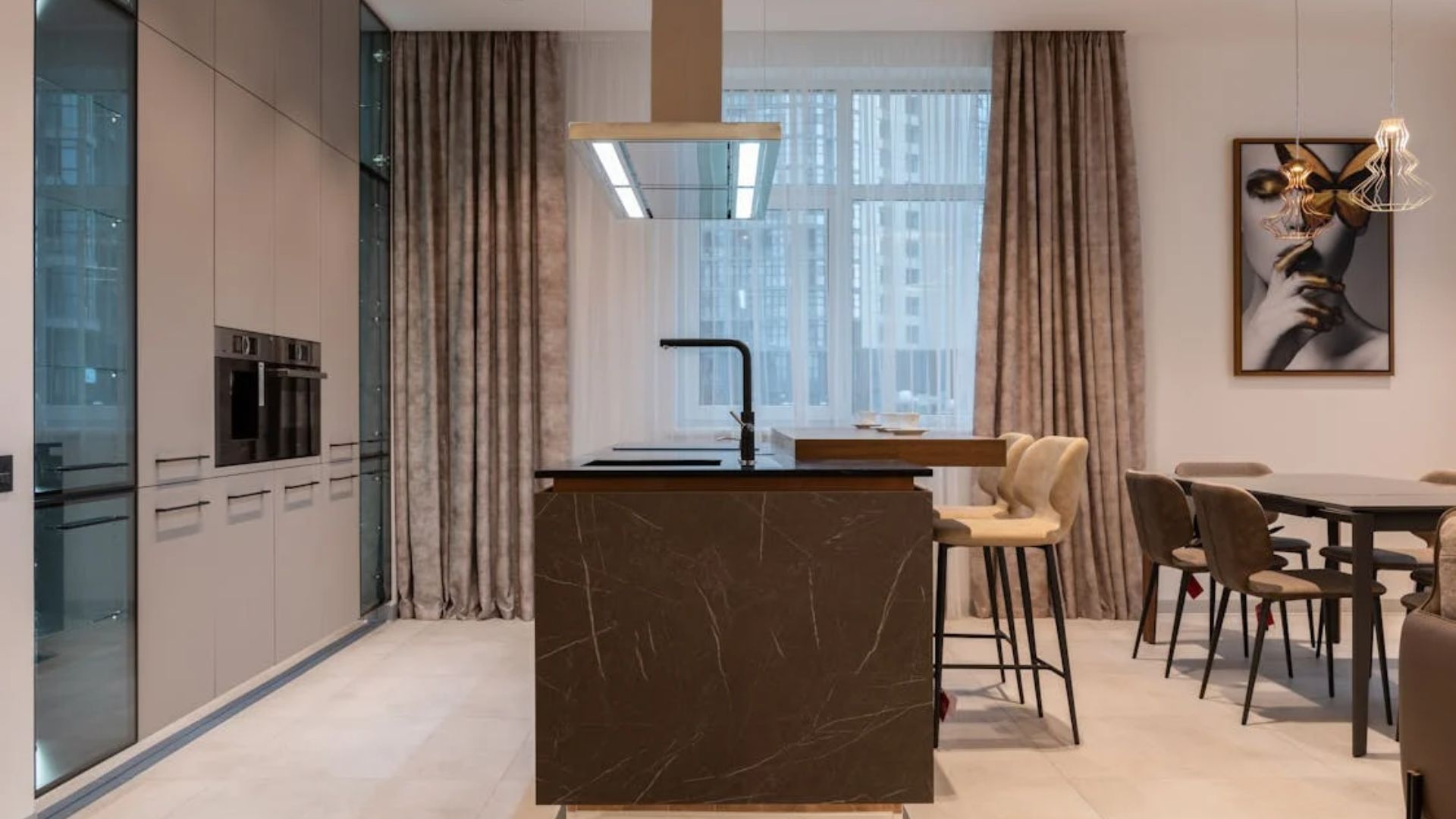
Patterned curtains shift the focus in a room by pulling attention away from sharp corners and plain walls while adding motion through design. Nature-themed prints lend calm and are often used in biophilic design to connect indoor spaces with an outdoor feel. When placed right, patterns also hide wall imperfections.









